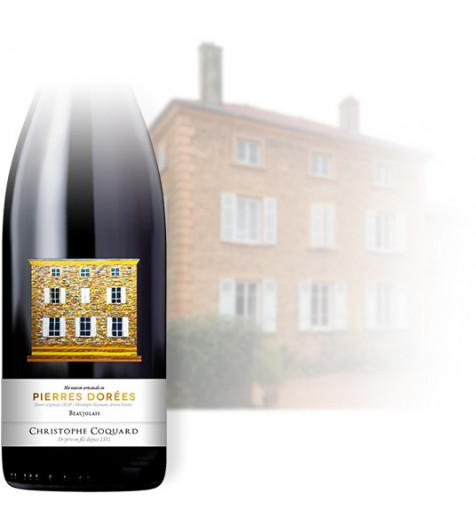
I was born in Beaujolais and when I was younger, I ‘went winemaking’ on several continents (California, South Africa, New Zealand) to enrich my experience, discover new horizons and ways of working with vines and wines. I discovered very beautiful vineyards yet I remain convinced of one thing … Beaujolais is one of the most beautiful and sensual vineyards in the world!
The Beaujolais vineyard is accessible to everyone, it offers sumptuous, rich and inspiring landscapes with hills, valleys, picturesque villages and numerous châteaux. Not forgetting, of course, the wonderful ‘Golden Stones’ district where Maison Coquard itself is located.
